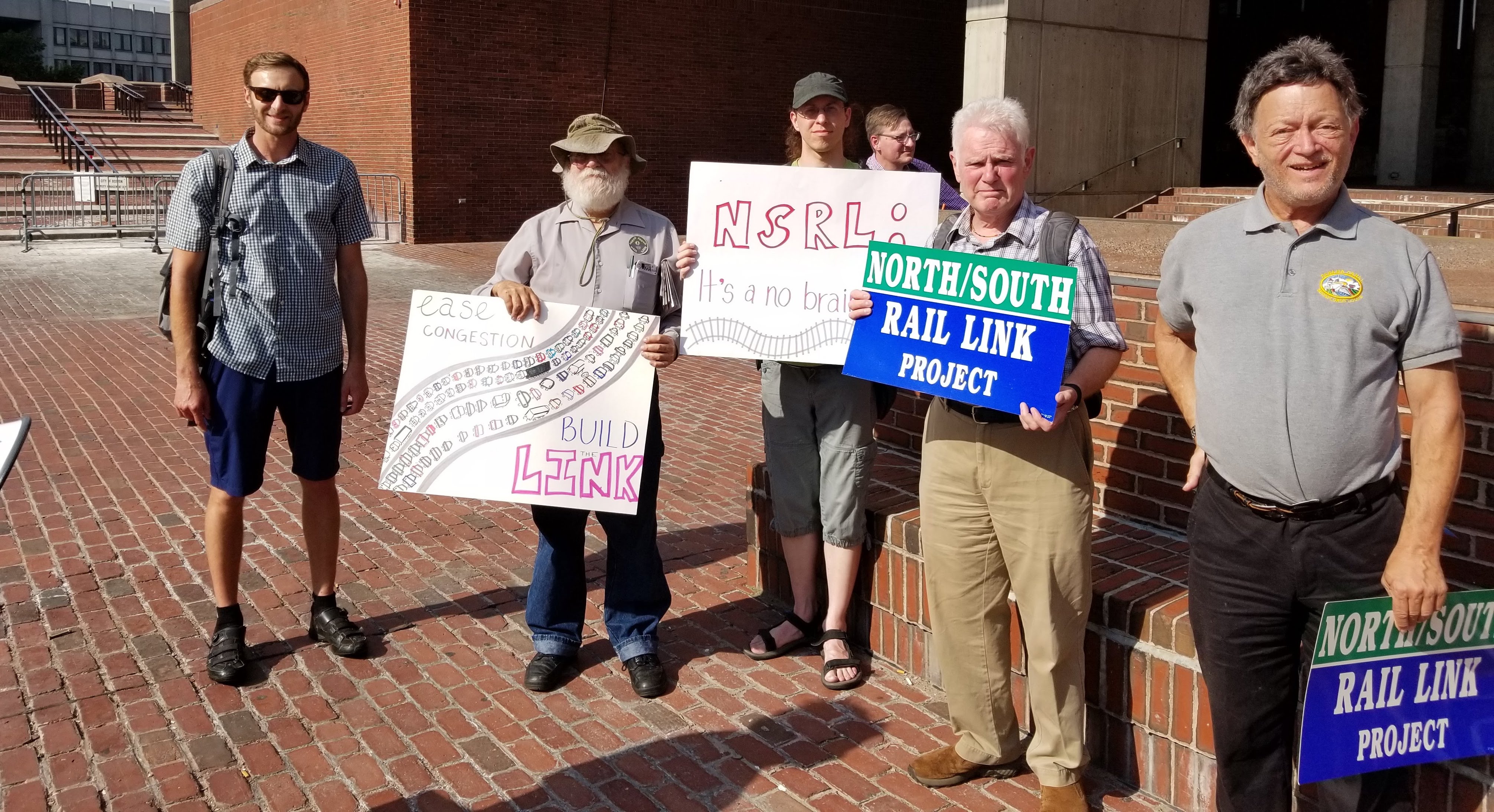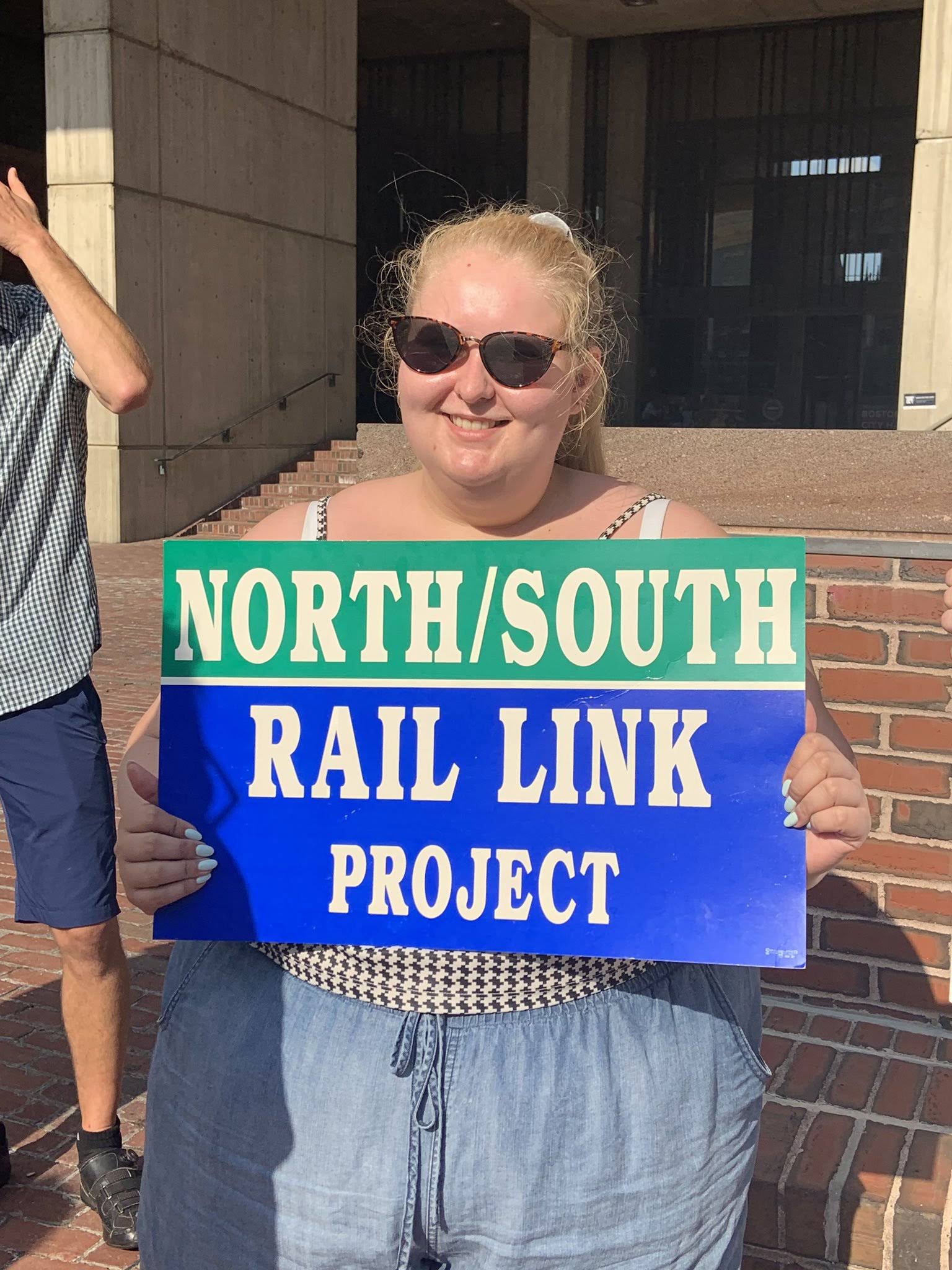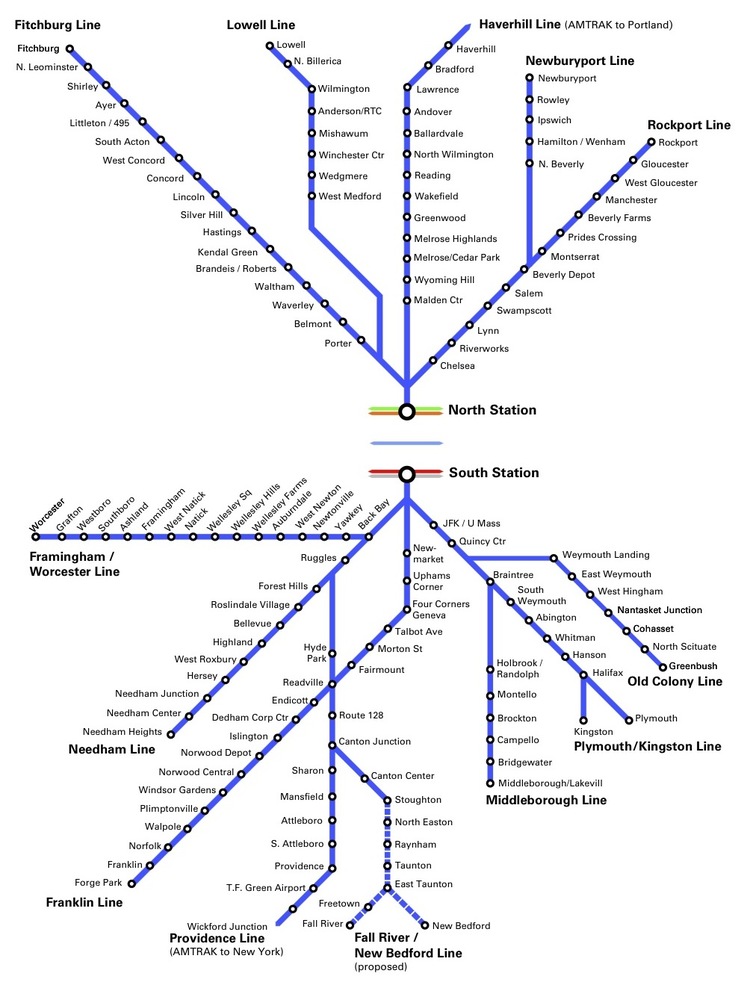Connecting the dots is literally the key; North-South Rail Link is critical
By Robert Kearns
Faced with the reality of climate change and the vulnerabilities of communities, exacerbated by COVID-19, it is time to create a transportation system for the 21st Century. A well-connected transportation system made up of zero emission buses and an electric rail will slash pollution, eliminate fossil fuel dependence, and make our cities safer.
Our vision of a zero-emission public transportation system needs the support of Governor Baker and the state legislature in order to become a reality. Studies show that air pollution, attributed largely to our transportation system, has caused chronic health conditions in the state, particularly in environmental justice communities. With COVID-19, the same populations are being hit the hardest by the worst public health crisis in a century.

Transportation causes over 43 percent of all emissions in the Commonwealth. This is the largest and the fastest growing source of air pollution in the state.
According to the Union of Concerned Scientists’ study on roadway pollutants, Asian American, African American and Latino residents of Massachusetts are exposed to fine particulate matter (Pm 2.5) air pollutants on average 36, 34 and 26 percent more than white residents. A recent Harvard study shows that residents living in areas with high Pm 2.5 pollutants, attributed to vehicles, are facing disproportionately high coronavirus death rates.
 Regional Rail and the North South Rail Link (NSRL) are essential to the success of the region’s transportation system in supporting our goals to reduce emissions under the Global Warming Solutions Act. Not only will a connected regional electrified rail system create major efficiencies and increase ridership, it will also help improve air quality.
Regional Rail and the North South Rail Link (NSRL) are essential to the success of the region’s transportation system in supporting our goals to reduce emissions under the Global Warming Solutions Act. Not only will a connected regional electrified rail system create major efficiencies and increase ridership, it will also help improve air quality.
Currently, the entire MBTA Commuter Rail system runs on diesel fuel. Diesel produces greenhouse gases that warm our planet and toxic particulates that pollute our air. Massachusetts is the only state in the Northeast Corridor lacking electrified commuter rail. The NSRL will require clean electric trains in the tunnel and regional rail would transition lines to superior faster electric multiple unit trains. We can eliminate harmful diesel locomotive emissions, while improving public health and train service.
The NSRL would increase ridership by 300%, according to the MADOT. Transit riders would have access to all rail stations in the system with only one transfer. A regional rail system could increase frequency of electric trains to arrive every 15 minutes, which would eliminate long waits betweens trains, add increased travel flexibility and allow for physical distance between passengers.
With more convenient travel options it is no wonder that studies also show that the NSRL could take over 55,000 auto trips off the road daily. The NSRL would make it easier for people to travel in the region without owning a car and driving on congested highways.
 At the end of last year, the MBTA Fiscal Management Control Board passed resolutions for regional rail as a part of the MBTA’s “Rail Vision” plan. The resolutions included important commitments of electrifying the Providence, Fairmount and Newbury/Rockport Line to Lynn. However, they failed to address the NSRL.
At the end of last year, the MBTA Fiscal Management Control Board passed resolutions for regional rail as a part of the MBTA’s “Rail Vision” plan. The resolutions included important commitments of electrifying the Providence, Fairmount and Newbury/Rockport Line to Lynn. However, they failed to address the NSRL.
Our vision is for full electrification and connection with the rail link, a complex effort facing many hurdles to completion. The first step is to protect the path of the NSRL from future development on the Rose Fitzgerald Kennedy Greenway. Underground parking garages or foundation structures – a shortsighted possibility – could be constructed, blocking the rail tunnel from being built. Protecting the right of way needs to be done immediately, before it is too late.
Connecting formerly bisected rail systems is being done in cities everywhere. In Los Angeles --a city notorious for its lack of public transportation infrastructure -- the regional Connector Project is connecting bisected rail lines underneath downtown LA. In the early 1980s, Philadelphia completed a similar project, and cities including London, Stockholm, Ottawa, Zurich, Barcelona, and Hong Kong are all working towards, or have finished, rail link projects. The world is riding public transportation into the future and Boston needs to follow suit.
Short sighted critics worry about costs and continue to stall the project. A 2017 cost estimate by the Harvard Kennedy School of Government put the NSRL at a cost of $3.8 Billion. However, because the NSRL is situated on Amtrak’s Northeast Corridor, federal dollars through the Federal Railroad Administration and the U.S. Department of Transportation can be used for the project as part of improvements to this important federal rail corridor. Political will, not money, is the real issue.
Additionally, NSRL and regional rail construction improvements would provide for thousands of good paying union jobs which are essential for a New Deal scale recovery, necessary to revitalize the economy in the wake of the COVID-19 economic collapse.
Now is the time for regional rail in Massachusetts. You can help by joining the Transportation Committee. Contact Co-Chair John Kyper at jkyper47@gmail.com, and stay tuned for more actions.